Incorporating art niches into cellar walls without raising humidity
The world of wine cellars is often associated with the meticulous organization of bottles, the careful selection of temperature controls, and the preservation of optimal humidity levels. However, an emerging trend is transforming these functional spaces into artistic havens: the incorporation of art niches into cellar walls. This innovative approach not only enhances the aesthetic appeal of a wine cellar but also creates a unique environment that reflects personal style and taste.
By integrating art into the design of a wine cellar, homeowners can elevate the experience of wine appreciation, turning a simple storage area into a gallery that celebrates both fine wines and fine art. Art niches can serve as focal points within a cellar, drawing attention to specific pieces while complementing the overall design. These recessed spaces allow for the display of various artworks, from sculptures to paintings, creating a dialogue between the wine and the art.
The interplay of light, texture, and color can transform the ambiance of a cellar, making it a more inviting space for gatherings or quiet contemplation. As wine enthusiasts seek to personalize their cellars, the incorporation of art niches offers an exciting opportunity to blend functionality with creativity.
Key Takeaways
- Incorporating art niches into cellar walls can add a unique and visually appealing element to the space.
- Understanding the impact of art niches on cellar humidity is crucial to prevent damage to both the artwork and the cellar environment.
- When creating art niches in cellar walls, it’s important to use materials and techniques that will maintain the structural integrity and humidity levels of the space.
- Choosing artwork and decor for cellar art niches should take into consideration the overall aesthetic of the cellar and the impact of humidity on the materials.
- Maintaining proper humidity levels in cellar art niches requires regular monitoring and potentially the use of specialized equipment to regulate moisture levels.
Understanding the Impact of Art Niches on Cellar Humidity
When considering the integration of art niches into wine cellars, it is crucial to understand how these features can impact humidity levels. Wine cellars are designed to maintain specific humidity levels—typically between 50% and 70%—to ensure that corks remain moist and wines age gracefully. Introducing art niches can potentially disrupt this delicate balance if not carefully planned.
The materials used in constructing these niches, as well as their placement within the cellar, can influence humidity retention and airflow. For instance, if an art niche is constructed from porous materials that absorb moisture, it could lead to fluctuations in humidity levels. Conversely, using non-porous materials can help maintain a stable environment.
Additionally, the location of the niche is vital; placing it near a cooling unit or in direct sunlight may cause localized changes in temperature and humidity. Therefore, it is essential to consider these factors when designing art niches to ensure that they do not compromise the ideal conditions for wine storage.
Materials and Techniques for Creating Art Niches in Cellar Walls
Creating art niches in cellar walls requires careful selection of materials and techniques that align with both aesthetic goals and functional requirements. Common materials for constructing these niches include stone, wood, and metal, each offering unique characteristics that can enhance the overall design. Stone provides a rustic charm and durability, while wood adds warmth and texture.
Metal accents can introduce a modern touch, creating a striking contrast against traditional cellar elements. The construction technique is equally important; recessed niches can be built into existing walls or designed as standalone features. For instance, drywall can be used to create a simple recessed shelf, while masonry techniques may be employed for more elaborate stone niches.
It is also essential to ensure that any materials used are resistant to moisture and temperature fluctuations to prevent damage over time. By thoughtfully selecting materials and employing skilled craftsmanship, homeowners can create art niches that are both visually appealing and functional.
Choosing Artwork and Decor for Cellar Art Niches
Selecting the right artwork and decor for cellar art niches is a critical step in achieving a cohesive and inviting atmosphere. The choice of pieces should reflect personal taste while also harmonizing with the overall design of the cellar. Consideration should be given to the scale of the artwork; larger pieces may dominate a niche, while smaller works can create a more intimate feel.
Additionally, the style of the artwork should complement the cellar’s aesthetic—whether it be contemporary, classic, or eclectic. When choosing decor for these niches, it is essential to think beyond traditional artwork. Sculptures, decorative bottles, or even wine-related artifacts can add character and interest.
Incorporating elements that resonate with the theme of wine appreciation can create a narrative within the space. For example, vintage wine labels framed as art or artistic representations of grapevines can enhance the connection between the wine and its presentation. Ultimately, the goal is to curate a collection that not only showcases individual pieces but also tells a story about the owner’s passion for wine and art.
Maintaining Proper Humidity Levels in Cellar Art Niches
Once art niches are established within a wine cellar, maintaining proper humidity levels becomes paramount to protect both the wine and the artwork displayed. One effective strategy is to monitor humidity levels regularly using hygrometers placed strategically throughout the cellar. This allows homeowners to identify any fluctuations that may arise due to changes in temperature or airflow caused by the art niches.
In addition to monitoring, employing humidity control systems can help maintain consistent levels throughout the cellar. These systems can include humidifiers or dehumidifiers that automatically adjust based on real-time readings. It is also advisable to keep artworks away from direct contact with moisture sources; for instance, ensuring that artworks are not placed directly above humidifiers or near areas prone to condensation.
By taking these precautions, homeowners can enjoy their art while ensuring that their wine remains in optimal condition.
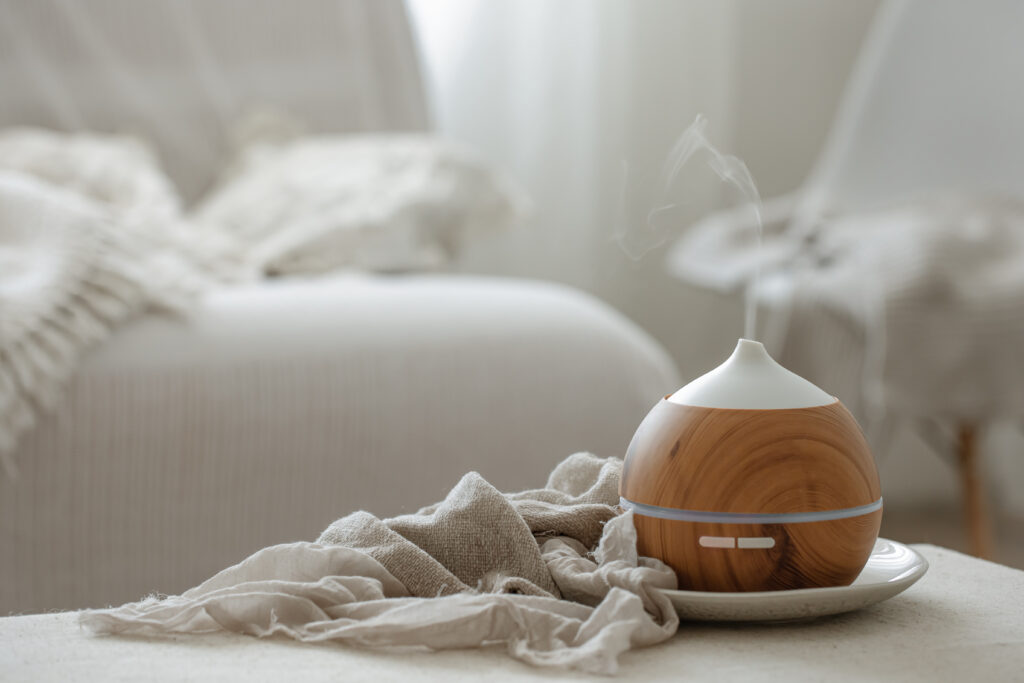
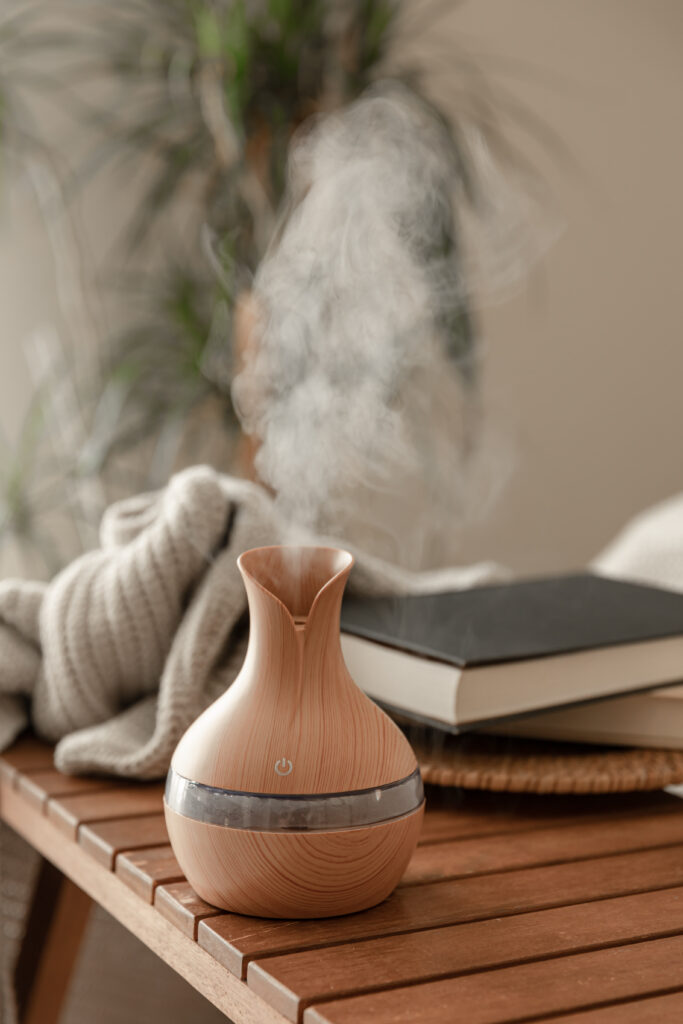
Incorporating Lighting and Display Options for Cellar Art Niches
Lighting plays a crucial role in enhancing the visual appeal of art niches within wine cellars. Proper illumination not only highlights individual pieces but also sets the mood for the entire space. When selecting lighting options, it is essential to consider both functionality and aesthetics.
LED lights are often favored due to their energy efficiency and low heat output, which helps maintain stable temperature conditions within the cellar. Different lighting techniques can be employed to create dynamic displays within art niches. For instance, recessed lighting can provide subtle illumination that draws attention without overwhelming the artwork.
Accent lights can be used to spotlight specific pieces, creating dramatic effects that enhance their visual impact. Additionally, adjustable fixtures allow for flexibility in positioning light sources based on changing displays or personal preferences. By thoughtfully incorporating lighting into art niches, homeowners can create an inviting atmosphere that showcases both their wine collection and artistic sensibilities.
Showcasing Artwork in Cellar Niches: Tips for a Cohesive Look
To achieve a cohesive look when showcasing artwork in cellar niches, several design principles should be considered. First and foremost is the importance of balance; arranging artworks in a way that distributes visual weight evenly across the niche creates harmony within the space. This can be achieved by varying the sizes and shapes of pieces while ensuring they complement one another.
Color coordination is another key factor in creating a unified aesthetic. Selecting artworks that share similar color palettes or themes can enhance the overall design while allowing individual pieces to shine. Additionally, incorporating frames or display stands that align with the cellar’s decor can further unify the look.
Finally, consider layering elements within the niche; combining two-dimensional artworks with three-dimensional sculptures can add depth and interest while maintaining a cohesive presentation.
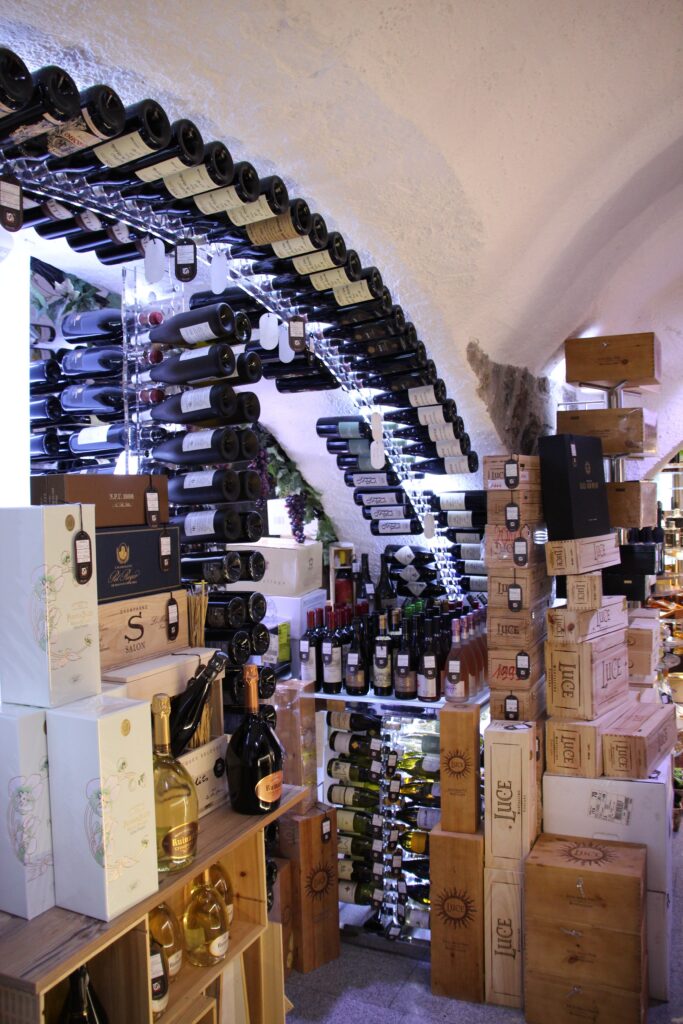
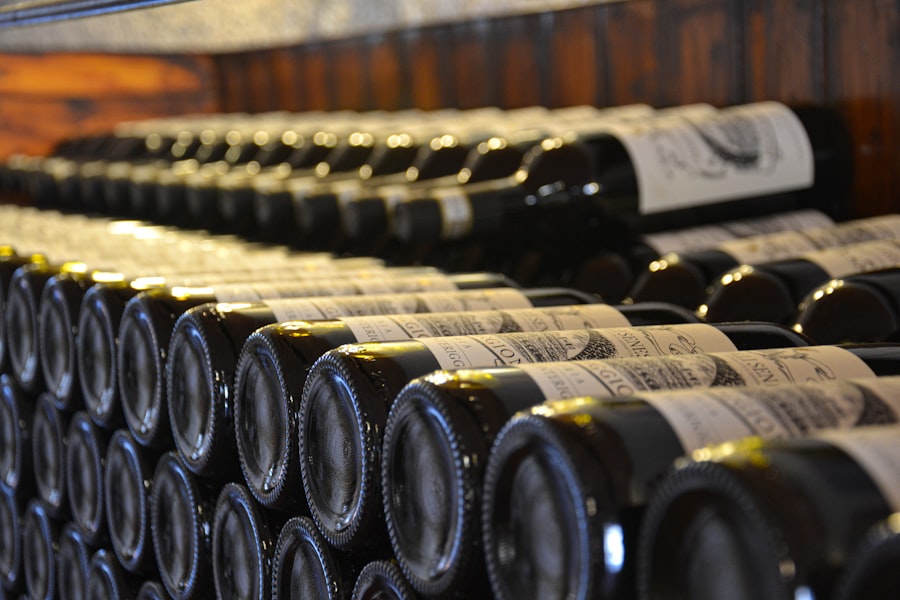
Enjoying Art in Cellar Niches while Maintaining Ideal Humidity Levels
Incorporating art niches into wine cellars presents an exciting opportunity to blend functionality with creativity, transforming these spaces into personalized galleries that celebrate both fine wines and artistic expression. By understanding the impact of art on humidity levels and carefully selecting materials and techniques for construction, homeowners can create stunning displays without compromising the ideal conditions for wine storage. Choosing appropriate artwork and decor further enhances this experience, allowing individuals to showcase their unique tastes while maintaining a cohesive look throughout the cellar.
With proper maintenance of humidity levels and thoughtful lighting options, art niches can thrive alongside wine collections, creating an inviting atmosphere for enjoyment and appreciation. Ultimately, this harmonious integration of art into wine cellars enriches both the aesthetic experience and the joy of wine appreciation, making each visit to the cellar a delightful journey through personal expression and fine craftsmanship.
FAQs
What are art niches?
Art niches are recessed areas in walls that are designed to display artwork, sculptures, or other decorative items. They are often found in architectural designs and can add visual interest to a space.
How can art niches be incorporated into cellar walls?
Art niches can be incorporated into cellar walls by creating recessed areas that are specifically designed to display artwork or decorative items. This can be achieved by working with a contractor or designer to plan and build the niches into the walls during the construction or renovation process.
Will incorporating art niches into cellar walls raise humidity levels?
Incorporating art niches into cellar walls does not necessarily raise humidity levels. Proper planning and construction techniques can ensure that the niches are sealed and insulated to prevent moisture from affecting the artwork or decorative items on display.
What materials can be used to create art niches in cellar walls?
Materials such as drywall, plaster, wood, or stone can be used to create art niches in cellar walls. The choice of materials will depend on the design aesthetic, structural considerations, and the type of artwork or decorative items that will be displayed in the niches.
Are there any special considerations for incorporating art niches into cellar walls?
Special considerations for incorporating art niches into cellar walls may include ensuring proper ventilation, lighting, and structural support for the niches. It is important to work with experienced professionals to ensure that the design and construction of the niches meet the specific requirements of the cellar environment.
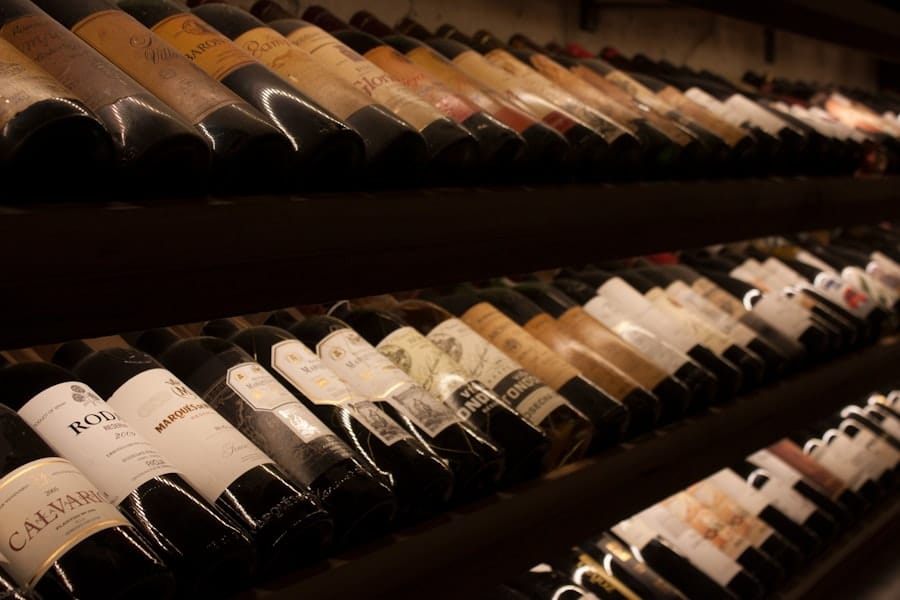

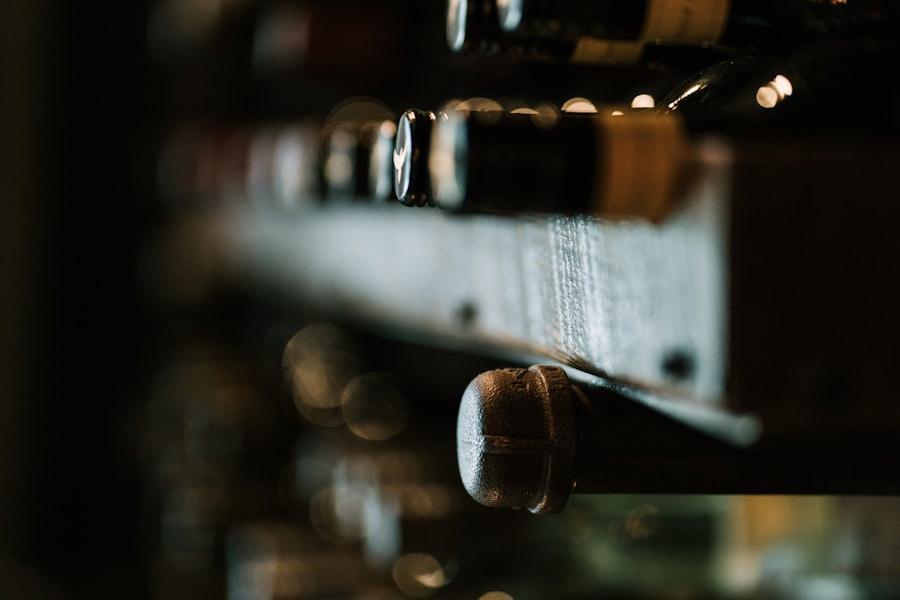
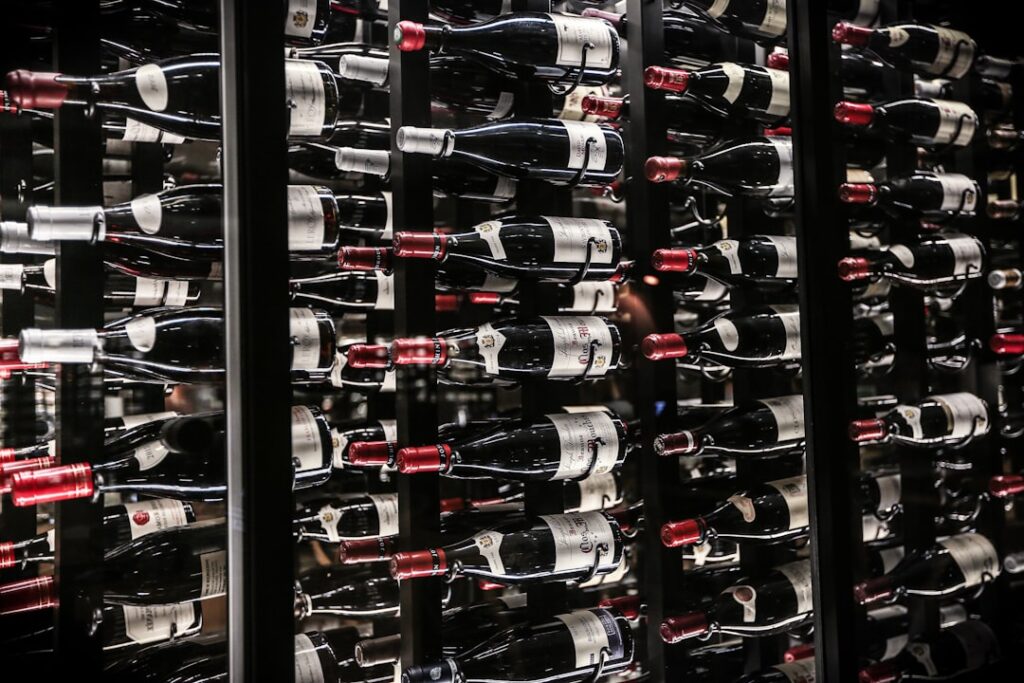
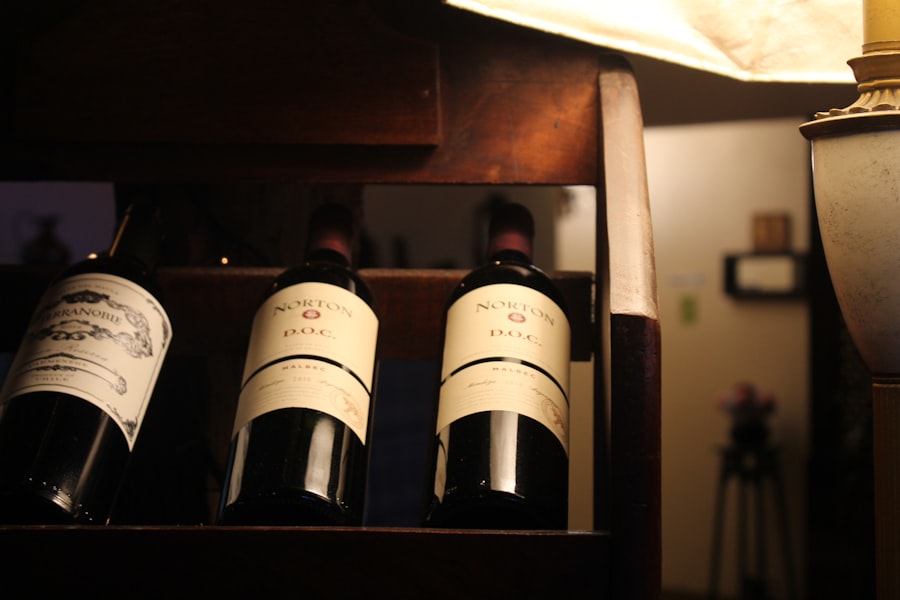
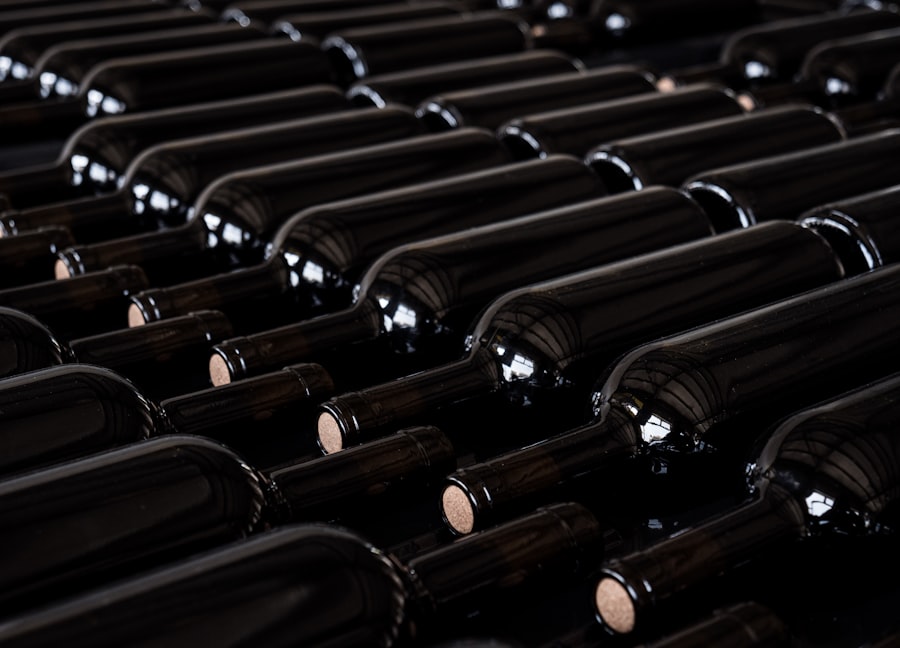
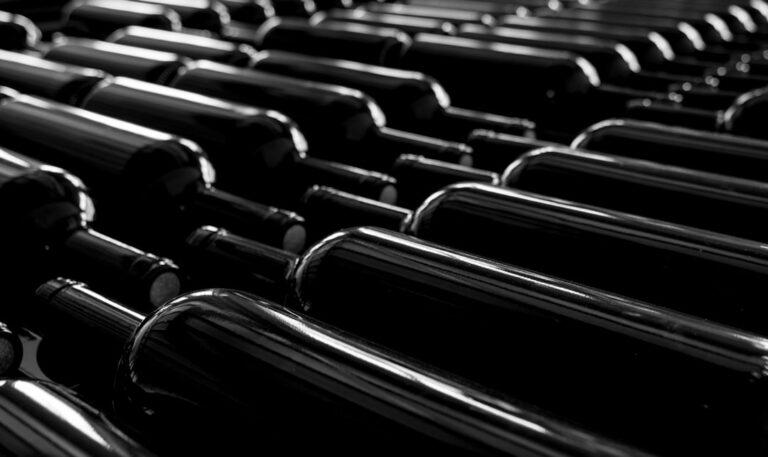
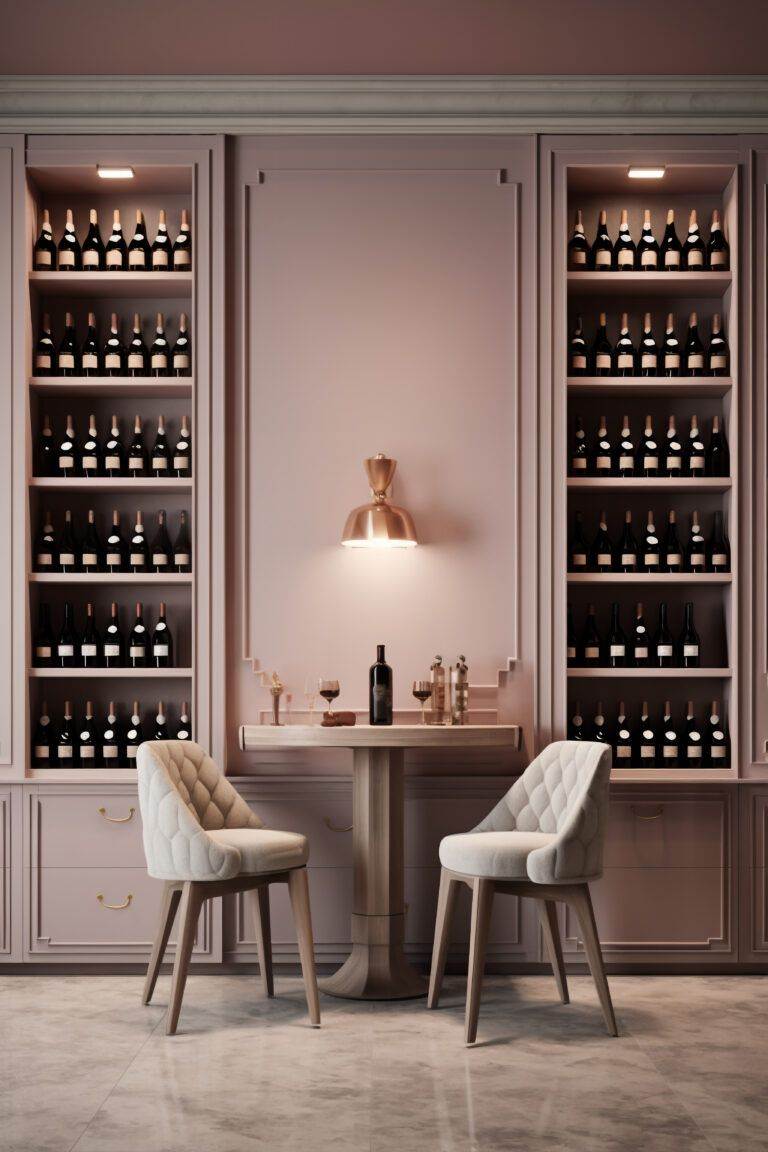
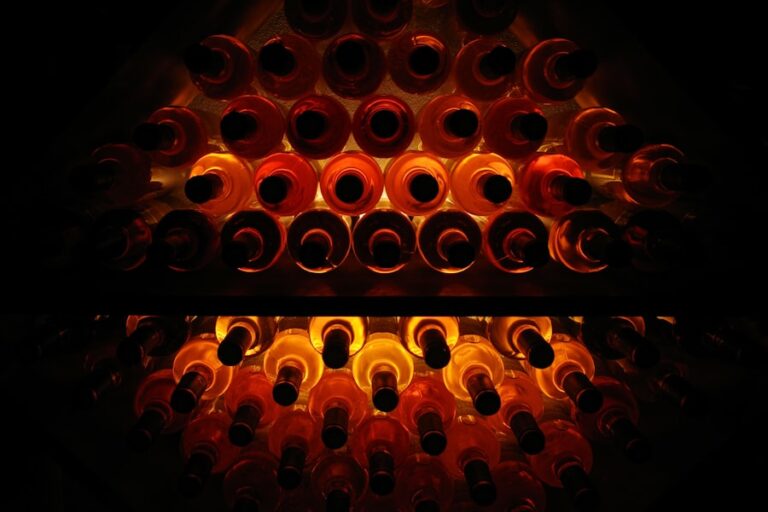


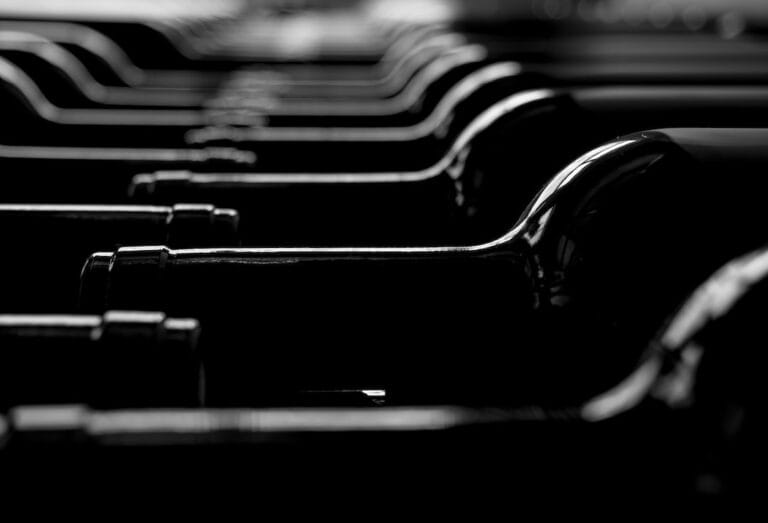
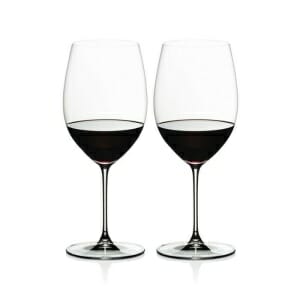 Riedel Veritas Cabernet/Merlot 2 pk
Riedel Veritas Cabernet/Merlot 2 pk